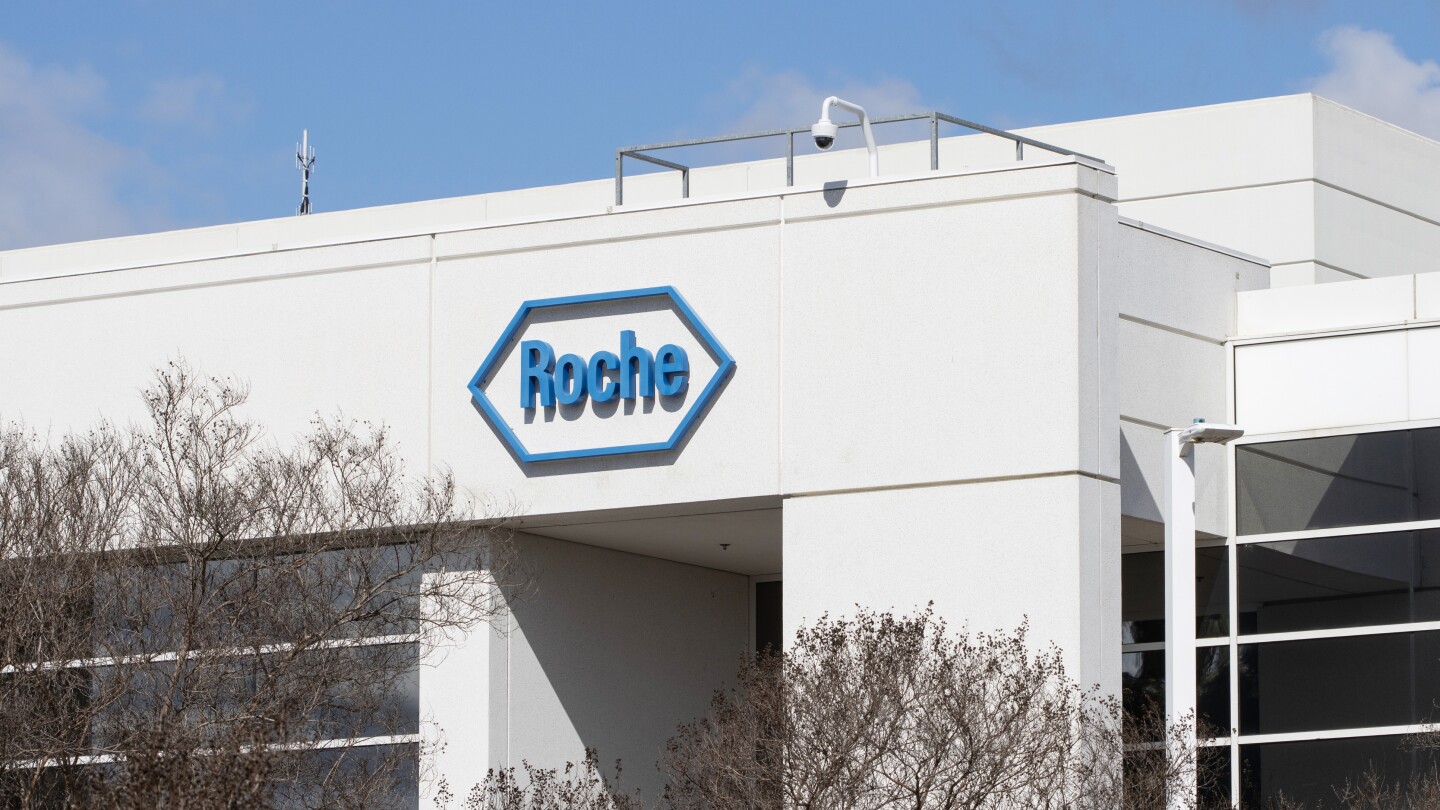GLP-1
The agreement, which BMO Capital Markets called a “mild positive” for Structure, appears to address Roche’s concerns about the composition of investigational weight loss drug CT-996.
The fierce rivalry between Novo Nordisk and Eli Lilly is alive and well, as the two companies are expected to face off with their new obesity pills this year.
After getting the crucial first-mover advantage with an FDA approval for a weight loss pill, Novo Nordisk looks to win the market before rival Lilly can arrive with its own oral option for obesity.
Despite the definitive failure of Novo Nordisk’s semaglutide in Alzheimer’s, biotech executives, analysts and other industry experts see potential in more testing of GLP-1s for the neurodegenerative disease, particularly in a combination approach.
Analysts called the approval a much-needed win for Novo Nordisk, but warned that the company could struggle to grow sales once rival drugs come to market.
Of all the stories we published this year, these deep dives by BioSpace editors stand out as relevant re-reads going into the New Year.
The filing comes as Novo fights tooth-and-nail with rival Lilly to regain its footing at the top of the weight loss market.
Participants in a Phase III trial who switched to Eli Lilly’s orforglipron after 72 weeks of treatment with Wegovy or Zepbound largely maintained their weight loss for up to a year.
Analysts were hoping for a safety profile similar to what was achieved in Phase II but an abnormal sense of touch, called dysesthesia, has emerged in the late-stage TRIUMPH-4 trial.
Pfizer apparently had more in the tank after the high-profile battle to acquire Metsera earlier this fall. The company has licensed a new GLP-1 from YaoPharma.
PRESS RELEASES










